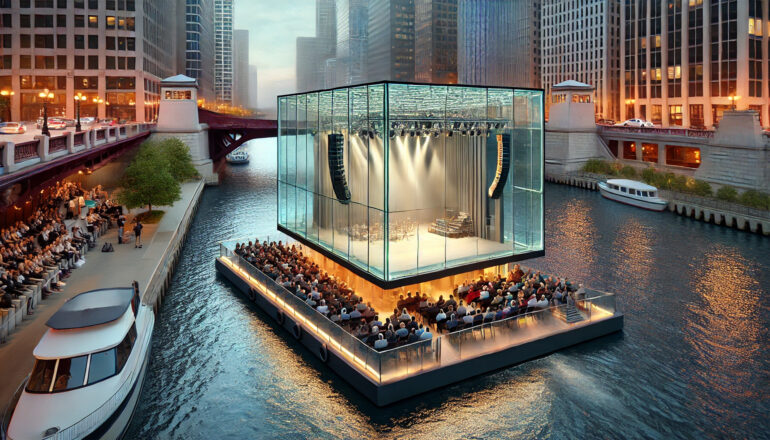A growing coalition of civic leaders in Chicago is advancing a bold, scalable concept called the “Cultural Stadium” — one that could generate transformative wins not just for Chicago, but for any American city with world-class cultural and sports assets.
What Is a Cultural Stadium?
It’s a framework for uniting and expanding the already significant impact of cultural institutions in urban centers — particularly those concentrated in downtown areas and along scenic corridors like Chicago’s lakefront. The concept, is a hopeful, entrepreneurial solution to endemic urban challenges. It envisions underutilized public spaces becoming vibrant hubs for tourism, education, and community engagement — spaces where families, children, university students, and tourists alike can find inspiration and connection.
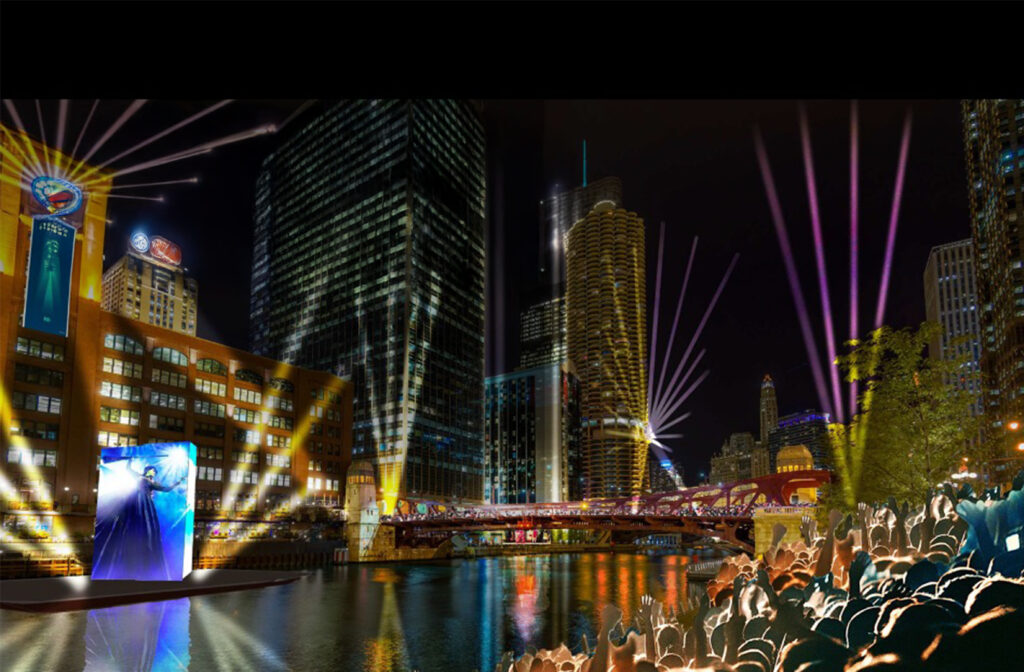
Chicago’s Cultural Stadium is the brainchild of Lou Raizin, CEO of Broadway In Chicago. As Raizin has pointed out in multiple media interviews — including CBS News Chicago — the name “Cultural Stadium” reframes the conversation about the city’s cultural institutions as economic drivers — as opposed to just Chicago sports teams. “One year of Broadway In Chicago shows generates revenue equivalent to two years of sold-out Chicago Bears games,” he explains. Those six-day-a-week performances also drive significantly more ancillary spending on dining, parking, and hospitality.
Altogether, the more than 250 cultural institutions, 150+ outdoor artworks, parks, museums, theaters, and other creative venues in Chicago — when viewed collectively with sports stadiums and other entertainment destinations — form a Cultural Stadium that could rival or even surpass traditional economic models centered solely around sports. Currently generating an estimated $2 billion annually, these assets — if more intentionally coordinated — have the potential to power even greater economic and civic vitality.
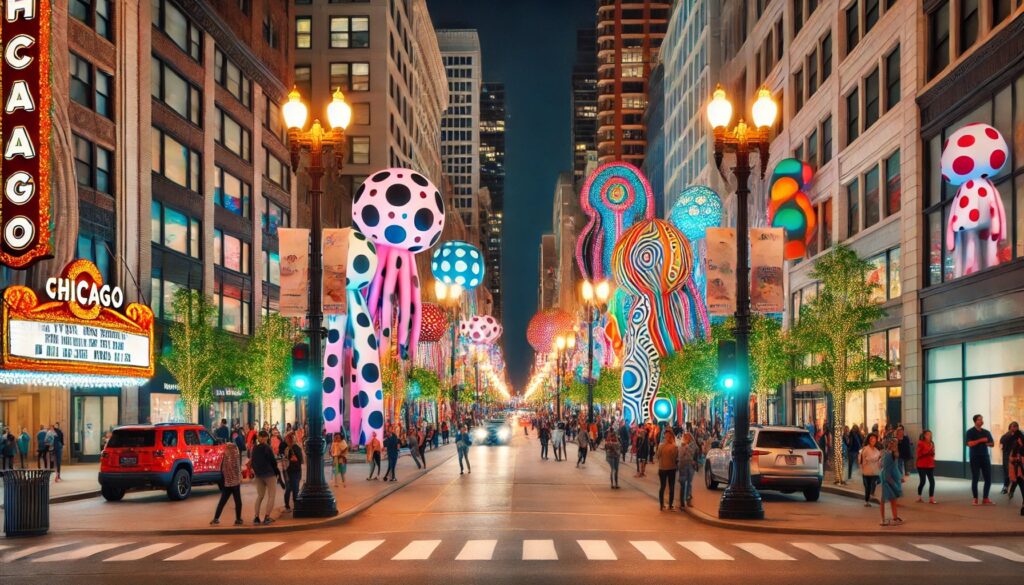
A Growing Movement of Civic Leaders
A diverse and growing group of Chicago’s civic and cultural leaders are embracing the Cultural Stadium framework, including:
- Greg Cameron, President & CEO, Joffrey Ballet
- Michelle Boone, President, Poetry Foundation
- Marilynn Gardner, President & CEO, Navy Pier
- Chef Rick Bayless
- Joe Ferguson, President, Civic Federation
These leaders have begun identifying tangible opportunities to put the concept into action.
“I’ve always believed that artists lead the way. The Cultural Stadium is our chance to put creativity at the heart of Chicago’s future and make the Loop a place where everyone feels welcome and inspired,” says The Joffrey Ballet President and CEO Greg Cameron. “At the Joffrey, we see every day how this vision sparks joy and builds community — and it’s time to dream even bigger.”
According to a Chicago Tribune editorial, early initiatives could include artist-in-residence programs in vacant city spaces, public displays of under-exhibited artworks, and free access for families with children between the ages of 3 and 13 to select museums and educational institutions.
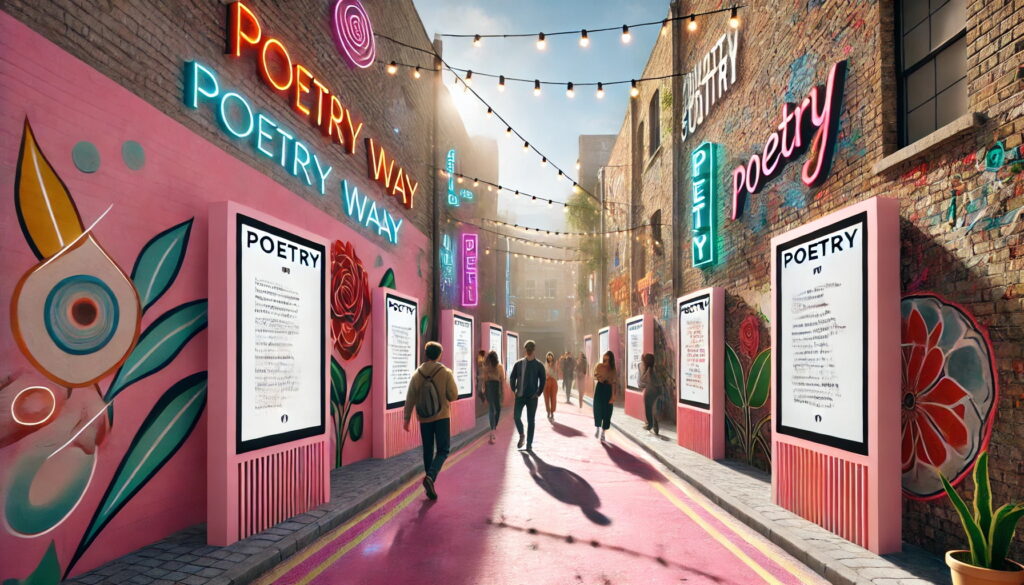
More Than Investment — It’s Engagement
In addition to advocating for public and philanthropic investment, proponents encourage cultural organizations to leverage existing facilities and staff to create new opportunities for children and teens — particularly those pursuing creative careers. Welcoming families and communities to participate in these programs could have a powerful ripple effect: every child invited to perform on a professional stage or alongside renowned mentors represents not only a spark of inspiration, but also a microeconomic boost to local businesses. These moments create lifelong memories and cultivate future audiences.
The Joffrey Ballet’s annual production of The Nutcracker is a shining example of this phenomenon.
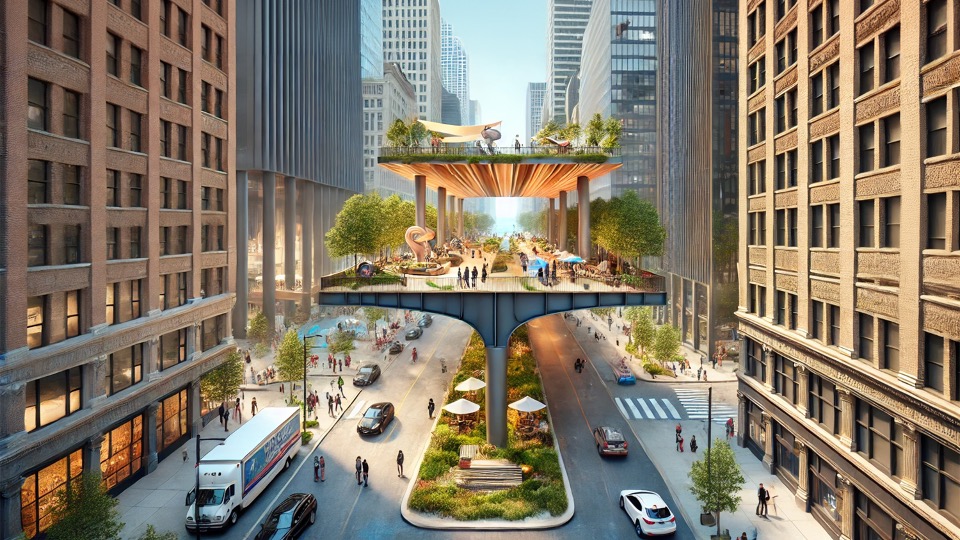
What Comes Next
Collaboration with other influential civic bodies like those that follow could maximize the Cultural Stadiums reach too.
- World Business Chicago
- The Commercial Club of Chicago
- Civic Consulting Alliance
- Metropolitan Planning Council
A more vibrant downtown and lakefront isn’t just good for arts organizations — it’s good for business, tourism, and community well-being.
While the concept was born in Chicago, it can serve as a model for other American cities grappling with population loss, remote work, and post-pandemic economic shifts. Globally, cities like Paris, Sydney, Copenhagen, and New York show how culture can be central to a city’s identity and resilience.
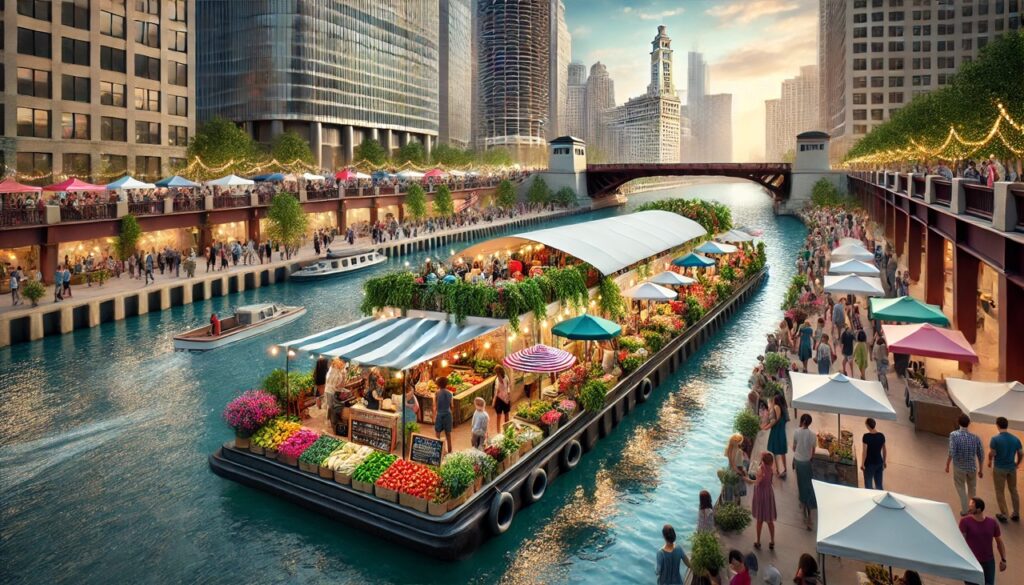
How to Help — Join the Conversation
The Make It Better Foundation enthusiastically supports the Culture Stadium concept. Through our partnerships with cultural institutions like the Art Institute of Chicago, Joffrey Ballet, Goodman Theatre, Harris Theater, and Chicago Philharmonic, we see the Cultural Stadium concept as both a logical extension of our current initiatives in support of local and national arts and culture, and an inspiring call to action.
We welcome You Said It submissions from other nonprofit and cultural organizations who wish to support and expand this vision. Strong stories could be selected for cash grants and content collaborations to further amplify the mission of the organization and message of support for the Cultural Stadium initiative.
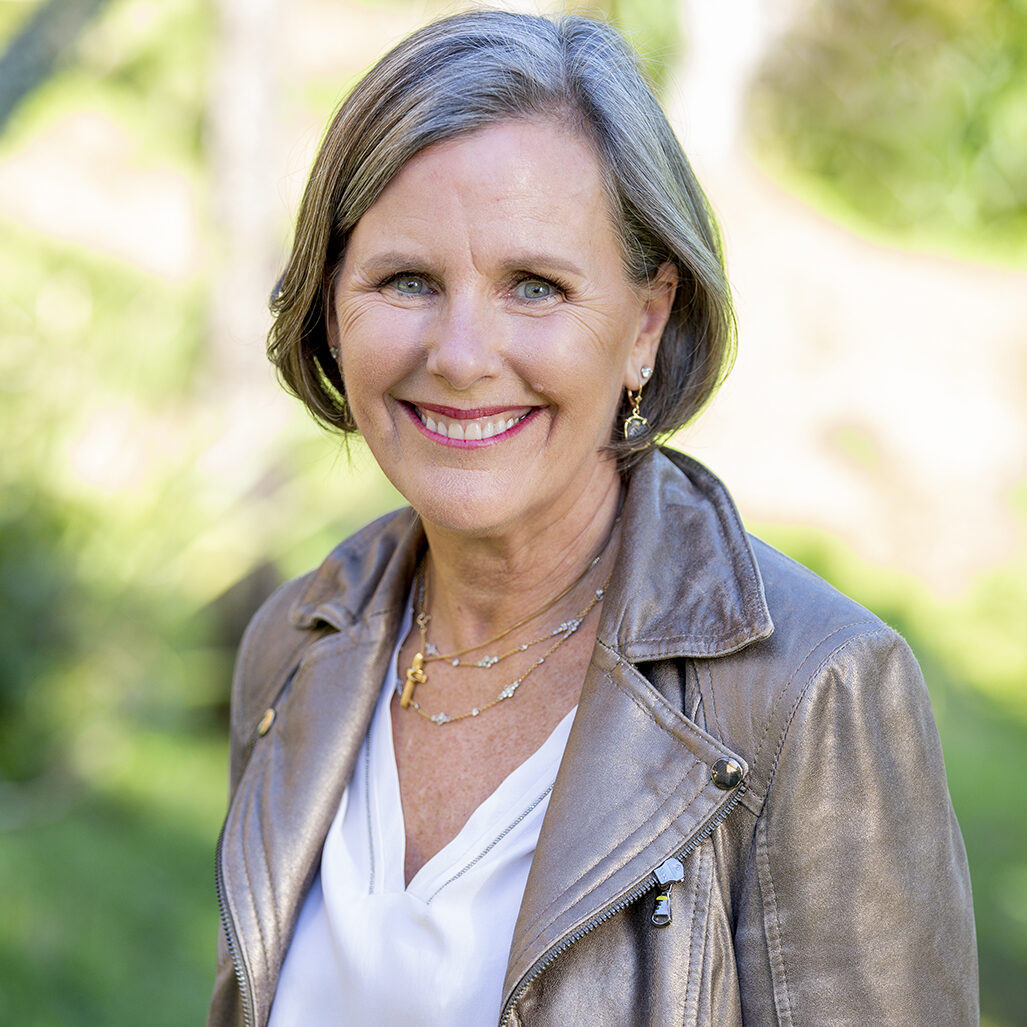
Susan B. Noyes is the founder of the Make It Better Foundation, which publishes Better Magazine, writer, philanthropist and civic activist who has founded or served on many boards — including the American Red Cross, Chicago Public Education Fund, Harvard Graduate School Of Education, Joffrey Ballet, Poetry Foundation, Rush Nerobehavioral Center for Children, New Trier High School District, and her beloved Kenilworth Union Church.
